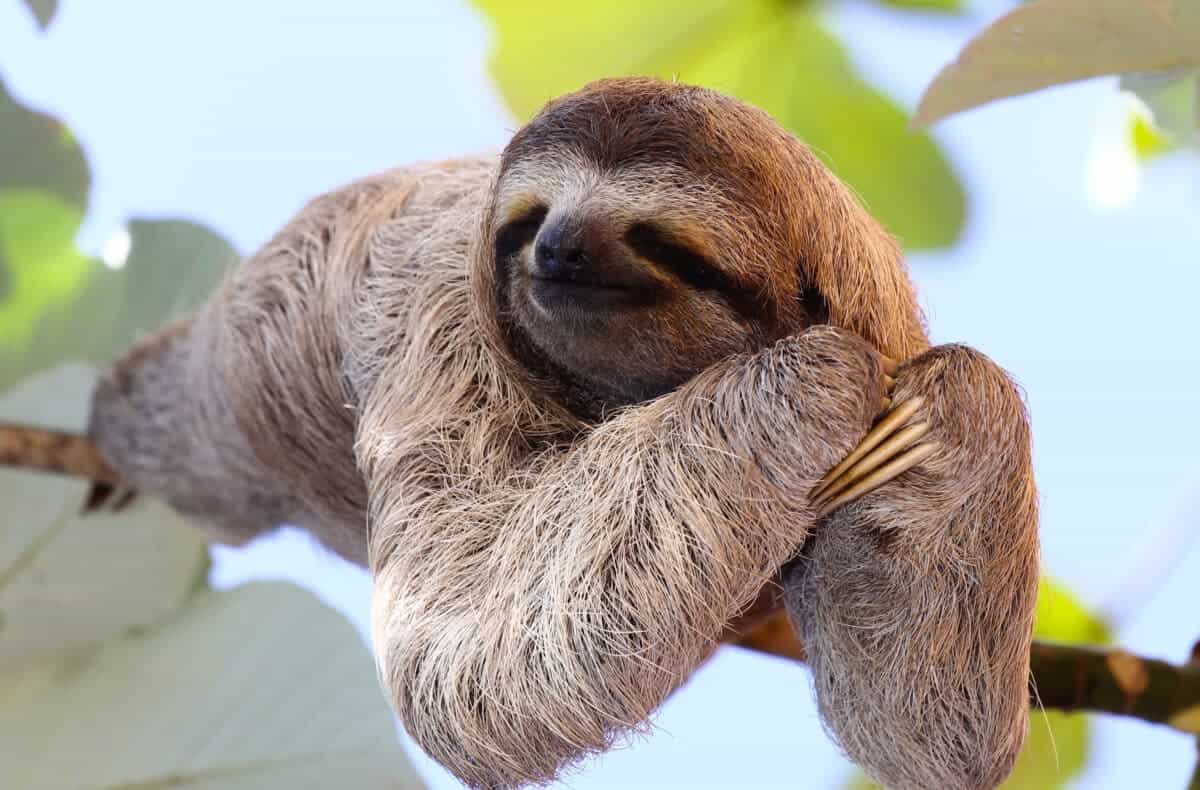Within a diverse animal kingdom, where agility and speed often take center stage, a delightful minority of creatures gracefully earns the title of the world’s slowest animals. While the majority captivates with swift movements, from the lightning speed of cheetahs to the graceful bounds of springboks, these unhurried beings offer a charming contrast, showcasing the art of a leisurely existence. Though their numbers may be small, the world’s slowest animals bring a unique and enchanting rhythm to the bustling symphony of life in the animal kingdom.
From leisurely saunters to a crawl that defies time, these animals navigate life at a pace that stands in stark contrast to the hustle and bustle of the natural world. Let’s explore the top five slowest animals, delving into their unique movements, dietary habits, and preferred habitats.
Sloth (Choloepus and Bradypus spp.)
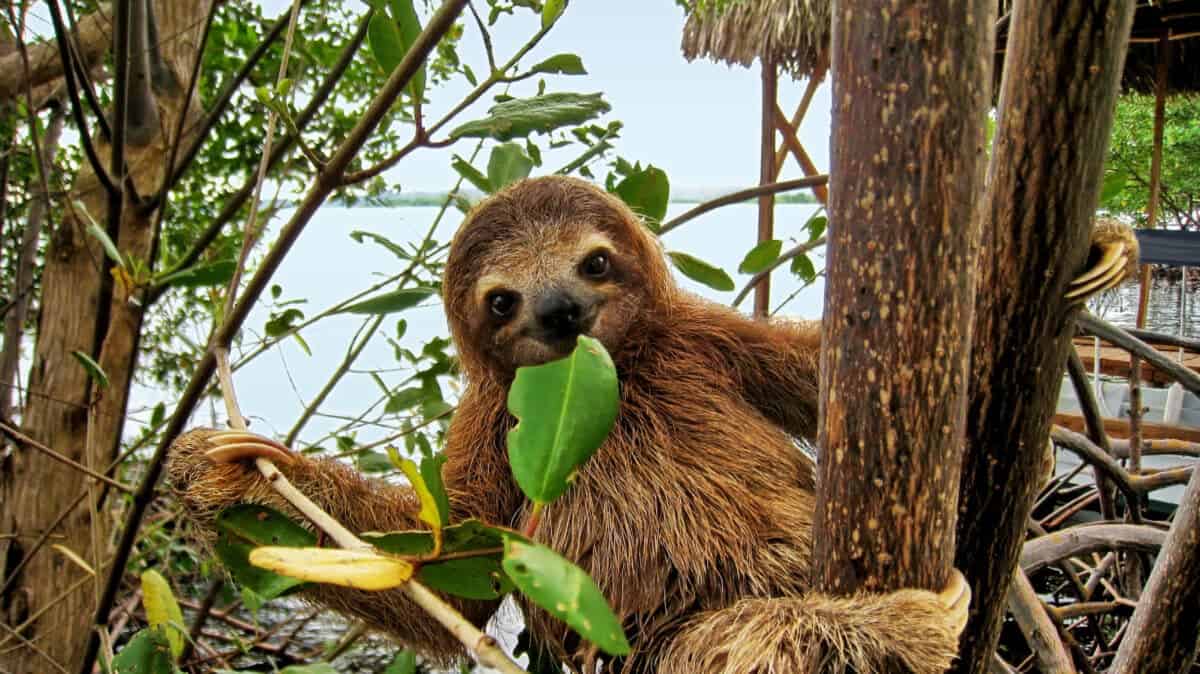
Speed: Sloths, renowned for their gradual movements, amble at an average speed ranging from 0.03 to 0.24 kilometers per hour.
Diet: These arboreal mammals are primarily herbivores, feasting on leaves and maintaining a diet low in energy density.
Habitat: Sloths favor the canopies of Central and South American rainforests, using their slow pace to their advantage in the treetop environment.
Snail (Various Species)
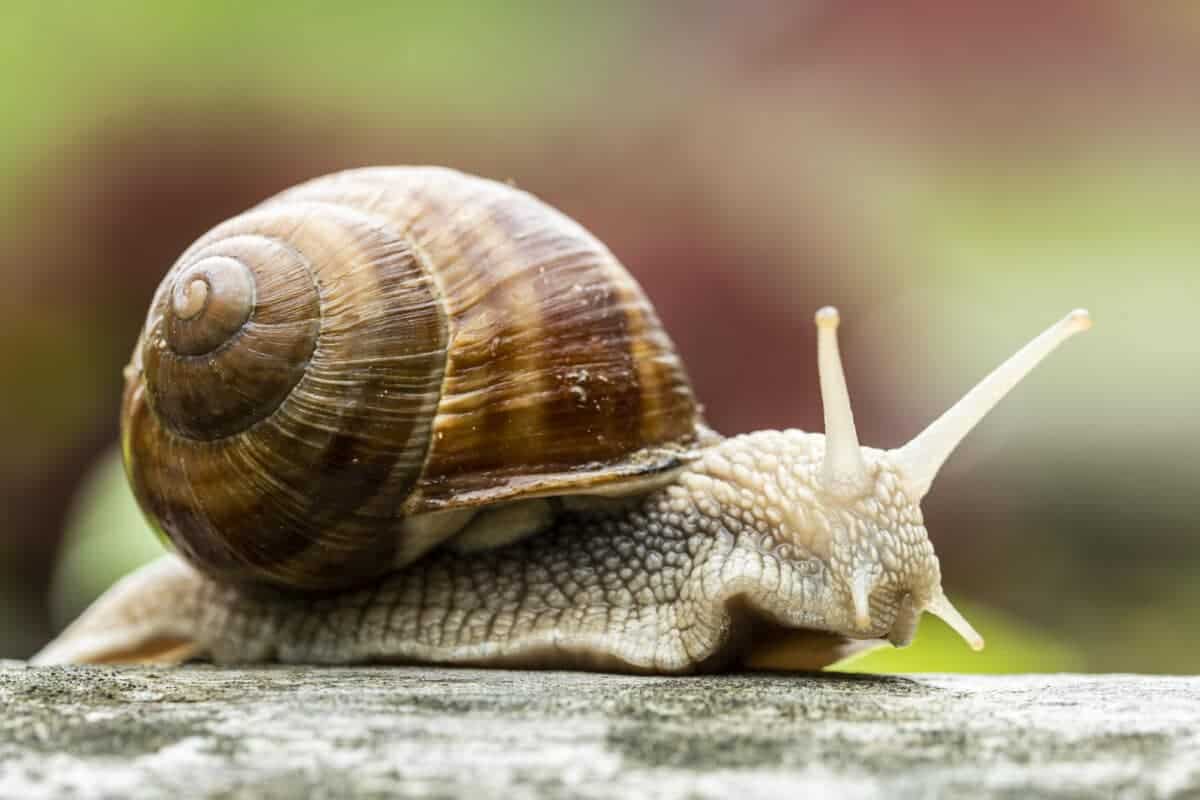
Speed: Snails are famous for their unhurried crawl, with an average speed ranging from 0.03 to 0.03 miles per hour.
Diet: Snails are herbivores, grazing on leaves, fruits, and detritus. Their radula, a tongue with tiny teeth, helps them scrape and ingest plant matter.
Habitat: Snails are adaptable, found in diverse environments such as gardens, forests, and even underwater. Many species prefer damp conditions.
Starfish (Asteroidea)
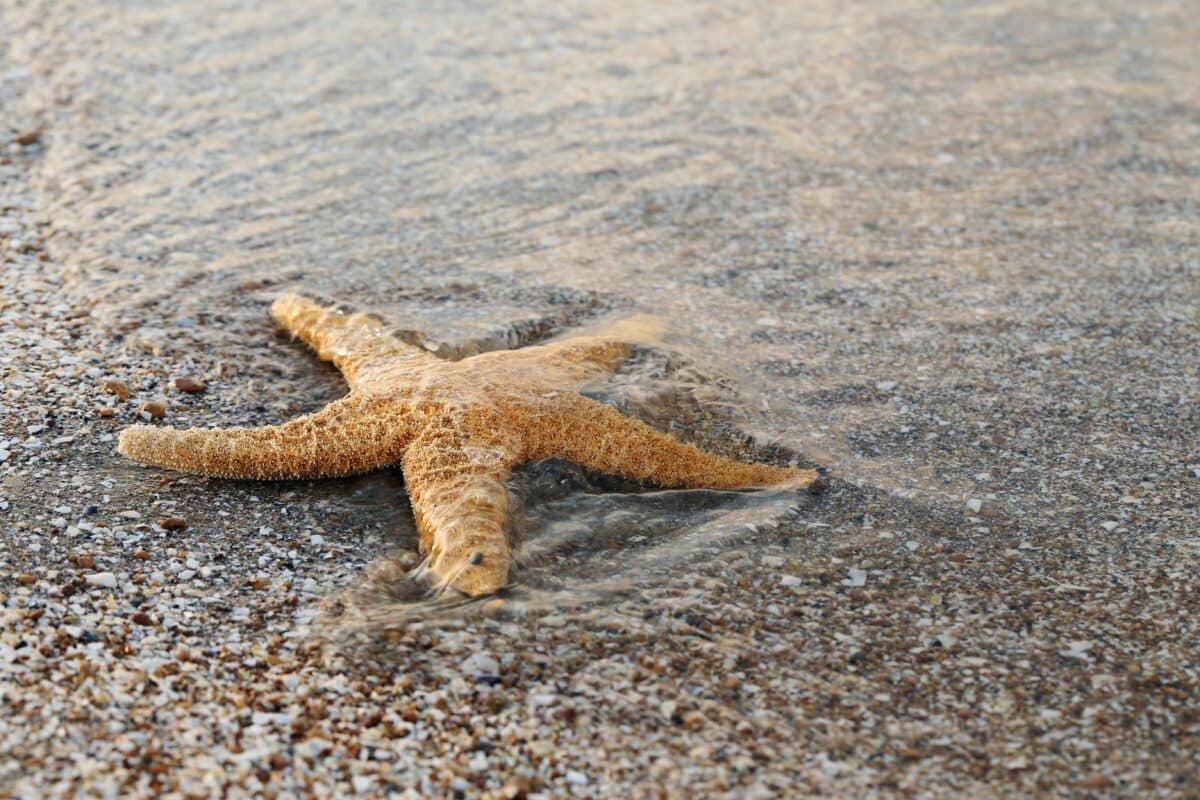
Speed: Starfish move slowly using tube feet, making their progress deliberate and steady.
Diet: Starfish are opportunistic feeders, consuming a variety of small invertebrates such as mollusks, crustaceans, and even other starfish.
Habitat: Found in oceans worldwide, starfish inhabit both shallow and deep waters, showcasing their adaptability to various marine environments.
Giant Tortoise (Various Species)
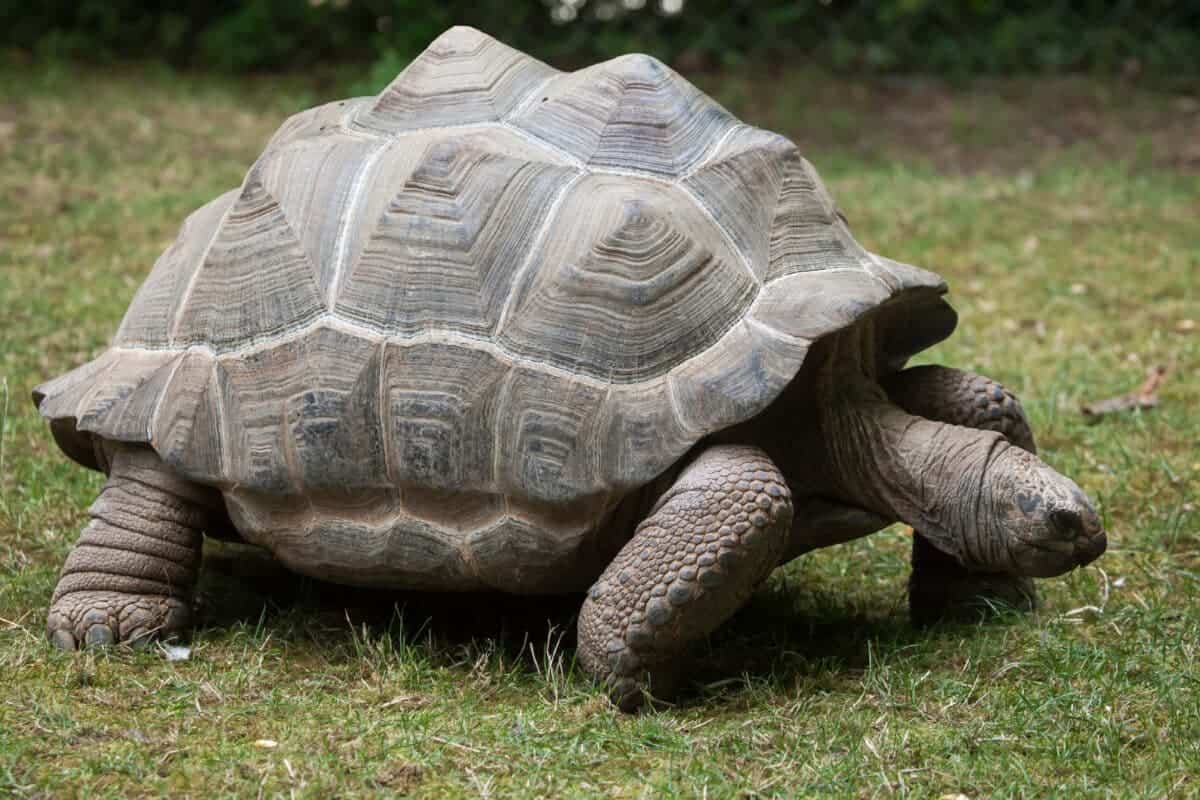
Speed: Giant tortoises, such as the Galápagos tortoise, move at a leisurely pace, reflecting their massive size and slow metabolism.
Diet: These herbivores graze on vegetation, including grasses, leaves, and cacti, depending on their specific habitat.
Habitat: Giant tortoises are primarily found on islands, and their slow movements are well-suited to the environments where they’ve evolved.
Manatee (Trichechus spp.)
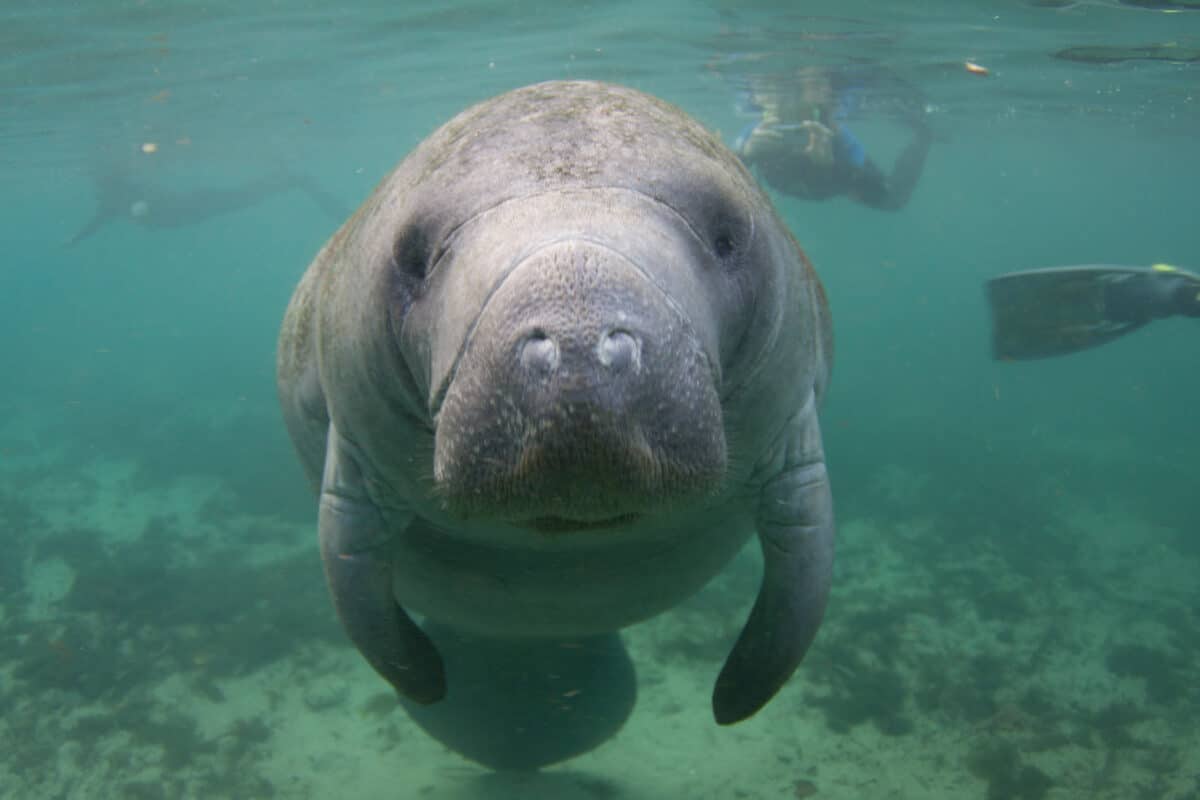
Speed: Manatees, often referred to as sea cows, move at a relaxed pace, gracefully gliding through the water.
Diet: Herbivorous manatees consume aquatic plants, often grazing along riverbeds and coastal areas.
Habitat: Manatees inhabit warm coastal waters, estuaries, and rivers, emphasizing their preference for slow-paced, tropical environments.
In the grand symphony of biodiversity, these animals have found success in adopting a slow and steady approach to life. Whether dwelling in rainforest canopies, crawling along the ground, or gracefully navigating ocean currents, these creatures invite us to appreciate the diverse strategies that have evolved to thrive in their respective habitats. The slowest animals, it seems, have carved their niche in the intricate dance of the natural world.
If you enjoyed this article, these might be up your alley:
- How Slow Are Sloths?
- Watch Manatee Playfully Pursue Alligator in Florida
- Meet The World’s Oldest Land Animal, A 191-Year-Old Tortoise
Join our Forum for free today!

- Second American Killed by Elephant in Zambia This Year - July 22, 2024
- Elderly Man Kills Grizzly Bear in Montana - July 22, 2024
- Missing Cat Found Weeks Later, 40 Miles Away - July 21, 2024

